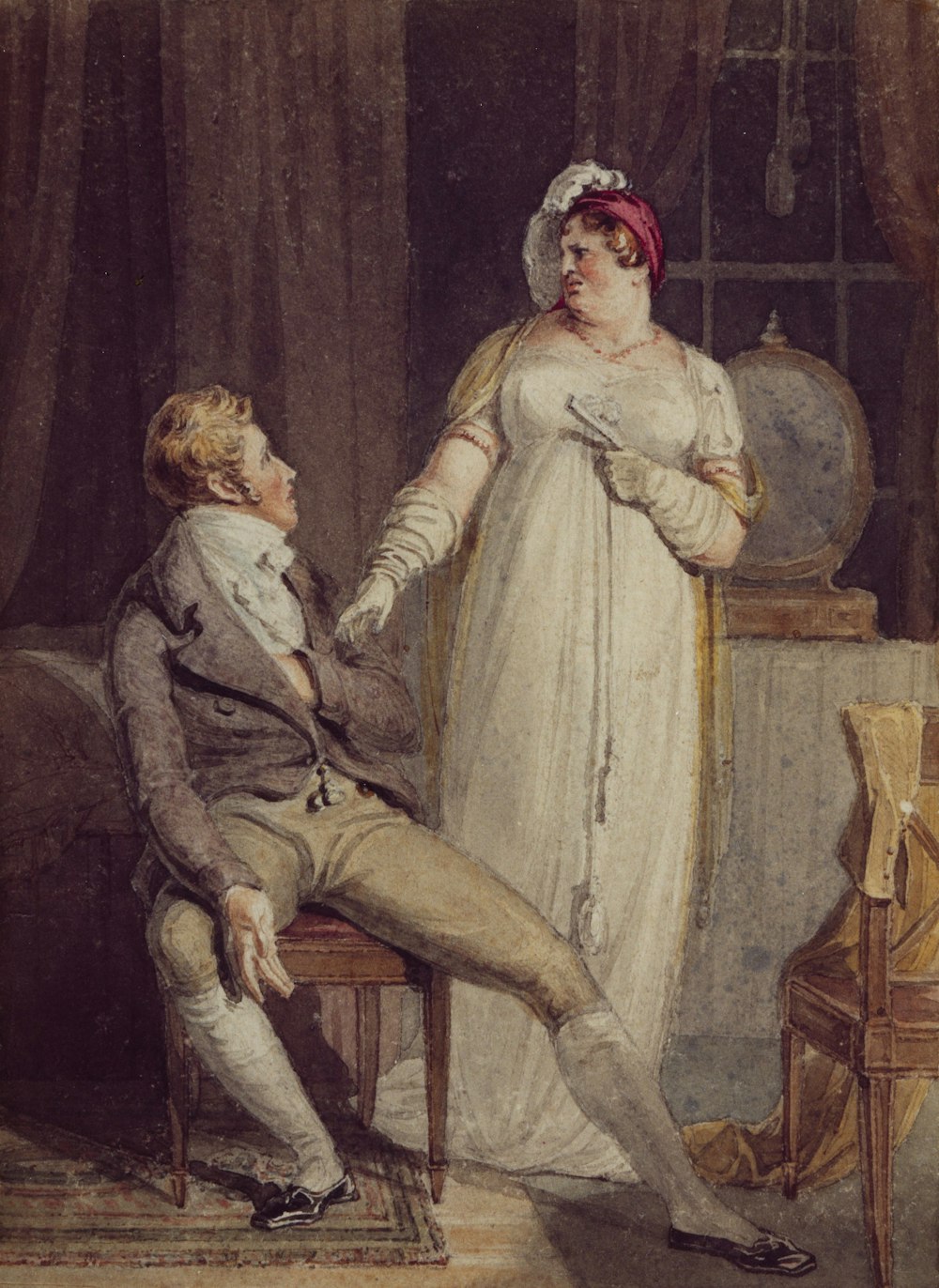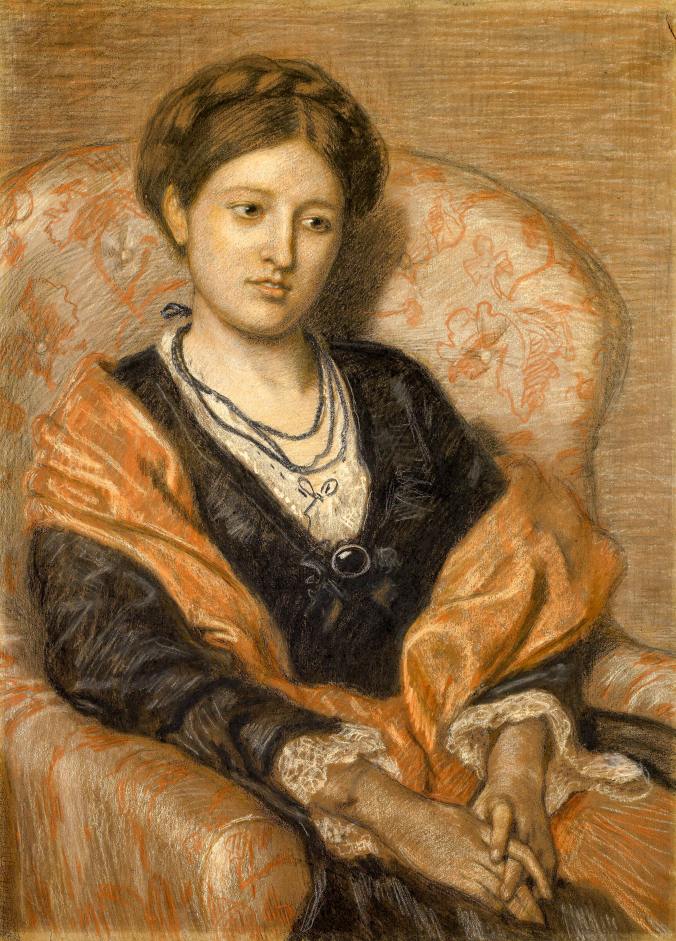What does that mean?

I’m not referring to ‘closed door’ here. Though many readers might see that as old-fashioned. But a romance could be a closed door and still not be old-fashioned.
Do you agree?
I looked up old-fashioned in the Dictionary and got this: according to styles or types no longer current or common; not modern.
Other words (not the negative ones, of which there are many) might be:
- quaint
- antique
- out-of-the-way
- picturesque
Or even better:
- rare
- extraordinary
- whimsical
So, are my romance novels old-fashioned?
If you think it’s old-fashioned for the characters in your historical romances to believe and act consistently, for the most part, with the mores of the period setting, then I’m old-fashioned. (A character may break some rules, but I will acknowledge the societal expectation and show some consequences).
Lydia in Pride and Prejudice is an example. She broke the rules, and though she seems blissfully ignorant, her father and two older sisters are definitely not. There is a price they know they will pay.
In my soon-to-be-released novel, Dear Lord Wycliff, Corinna knows it is improper for her to write to a single, unrelated gentleman. And yes, (spoiler) she faces consequences for her impropriety.

Now, most of my main female characters do chafe at restrictions they face because they are women in the Georgian/Regency era. But I have to believe that there were women in that time who felt the same.
And all of my female characters want a man who will love her and be loyal. They expect it, even demand it. This expectation might not be historically accurate, but I want it, expect it, even demand it. I think it still might be considered old-fashioned by many.
What other Old-Fashioned elements do you think should be in a romance novel?




